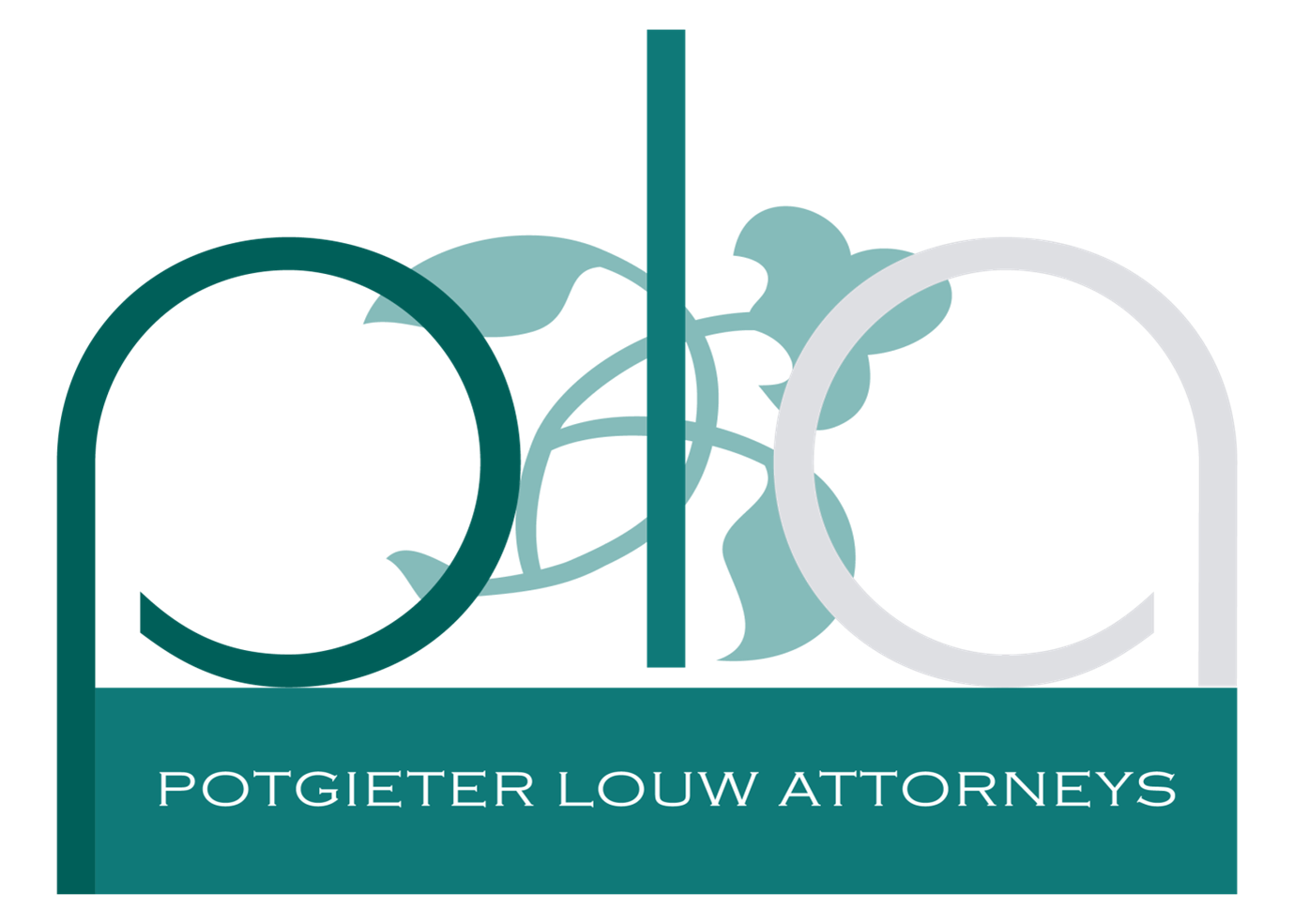To Consolidate or Notarially Tie?
It often happens that owners of two or more pieces of land want to deal with the portions as if they are one property. This may be for a variety of reasons, often of a financial nature.
The options open to the owners of such portions of land are to either notarially tie them or to consolidate the properties in terms of section 40 of the Deeds Registries Act, No 47 of 1937 (‘the DRA’).
What is a notarial tie agreement?
As the name suggests, a Notarial Tie Agreement (“Tie Agreement”) is an agreement executed by at least two parties where a condition is registered against the title deeds of two or more properties preventing the properties being sold, mortgaged, or independently dealt with. The idea is for the properties to be seen for all intents and purposes as one property.
It is usually entered into between the owner of pieces of land and the enforcer of the right. The “enforcer” is usually the person or entity who does not wish the properties to be separately dealt and requires the properties to be dealt with as one (often a lending financial institution or a local authority).
The portions or “erfs” need not adjoin each other and need not be in the same province.
When to tie?
An owner or owners wishing to notarially tie their properties must enter into a notarial agreement with whoever will be responsible for the enforcement of such notarial tie agreement, in most cases this will be the local authority. Such an agreement will basically say that the properties to be tied shall from the date of registration for all intents and purposes be dealt with as if they are one separate property and that no separate dealings will be permitted. Such an agreement must be registered in the Deeds Registry.
How is a tie agreement formalised?
The parties to the agreement appear before a Notary Public and sign a Tie Agreement which is registered at the Deeds Office in terms of Section 65 of the Deeds Registries Act, 47 of 1937 (“the DRA”), which regulates the registration of Personal Servitudes. The title deeds must be lodged at the Deeds Office so that they can be endorsed to reflect the Tie Agreement and any bondholder’s consents to the Tie Agreement.
Section 65 of the DRA provides that the Tie Agreement will be registered free of any bonds so one would need to be cautious and ensure that bondholders rights are protected. Hereunder is the typical wording of a Tie Agreement:
“The owner of the within metaproperties agrees that the properties shall be tied together and regarded as one property for all intents and purposes and may not be sold or mortgaged separately of each other without the consent of X first being obtained”.
What is consolidation?
Basically, consolidation refers to the joining together of portions of land to become one property. The portions or erven must adjoin each other and must be in the same province.
How is consolidation achieved?
The owner of the portions can apply to the Registrar of Deeds to be issued with a Certificate of Consolidated Title in terms of section 40 of the DRA. It should however be noted that prior consent should have been obtained through the town planner from the relevant local authority. A land surveyor will also have needed to do a survey and drawn a diagram depicting the newly formed property, which diagram must be approved by the Surveyor General.
After such approval a conveyancer can be approached to draft and application and certificate to be submitted to the Registrar of Deeds. It should be noted however that there are prerequisites that need to be met before an owner opts for consolidation. Land portions should be owned by the same person, they should be adjacent to each other, and they must be in the same registration division of the same Township.
What are the benefits of a tie agreement as opposed to a consolidation?
- Generally speaking, it is a much quicker and more cost-effective process;
- The properties being tied do not need to be owned by the same entity or person;
- The properties do not have to be situated next to each other (contiguous) and can even be situated in different Deeds Registries;
- No amendment is required to be made to existing registered bonds;
- A Tie Agreement is generally acceptable to local authorities when a developer of adjoining properties does not have sufficient parking space for the proposed development; and
- The second property can be tied to the property being developed to provide this additional space.
The following criteria make a consolidation less flexible than a tie agreement:
- The properties must be contiguous to each other – this means they have to share a border;
- They must be owned by the same person or entity; and
- If the properties are mortgaged, the bondholder must give consent to the consolidation and consent to the consolidated property (new erf number) being substituted in the bond at an additional cost.
By: S Potgieter
Director




